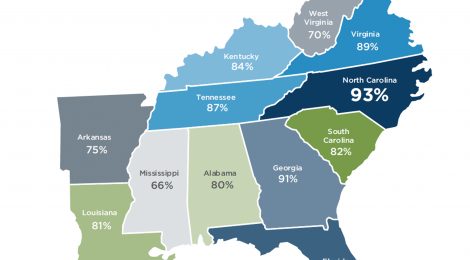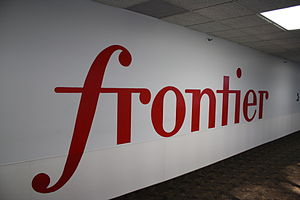I applaud the Commission for actually being bold enough to state that 200 Kbit/s is not broadband, although I contend that 4 Mbit/s is not a substantial definition beyond this year. The point is that the FCC is actually trying to be a bit forward looking minus the two commissioners that seem bent on serving a different master. One of the reasons that consumers opt for lower speed is the cost of higher speed services is out of their budget range. The price per bit for broadband in many areas ranks as some of the most costly transport in the world.
After upgrading its standard definition of broadband to 4 Mbit/s, the Federal Communications Commission (FCC) says in its annual broadband deployment report that the prospects for getting high-speed Internet access to 14 to 24 million Americans in poor or rural areas that lack it are “bleak.”
When the FCC began issuing its annual broadband deployment reports in 2004, it set the standard for broadband Internet access at 200 Kbit/s. In the report it issued Wednesday, the commission says that it doesn’t consider a household a broadband-connected home unless it has a high-speed Internet connection with a minimum download speed of 4 Mbit/s and upstream speed of 1 Mbit/s. (See FCC: Up to 24M Lack Broadband Access.)
Continue reading






